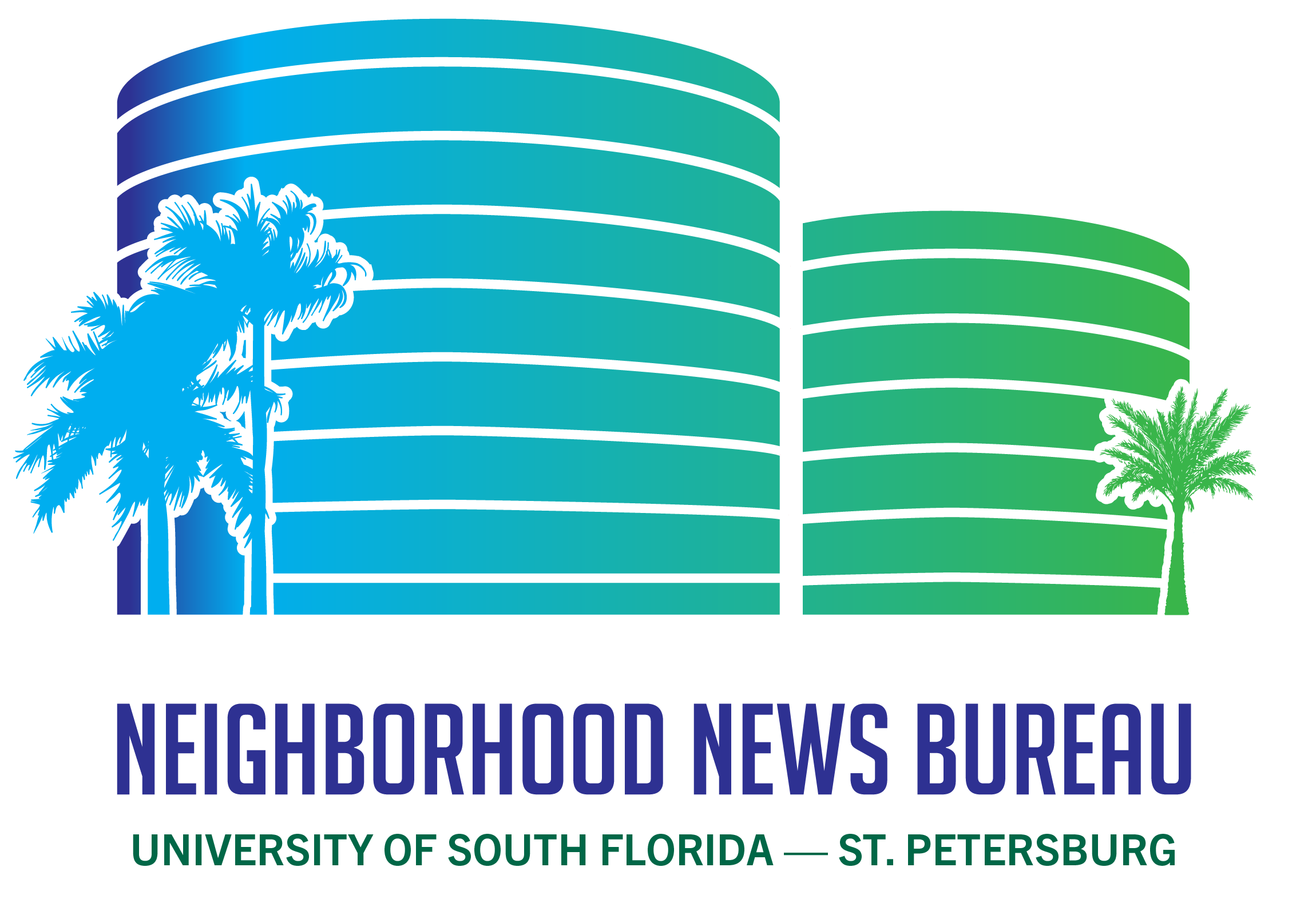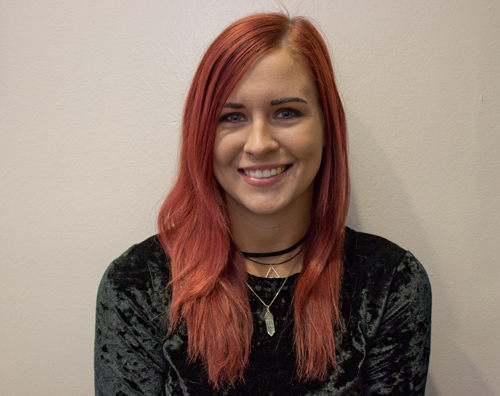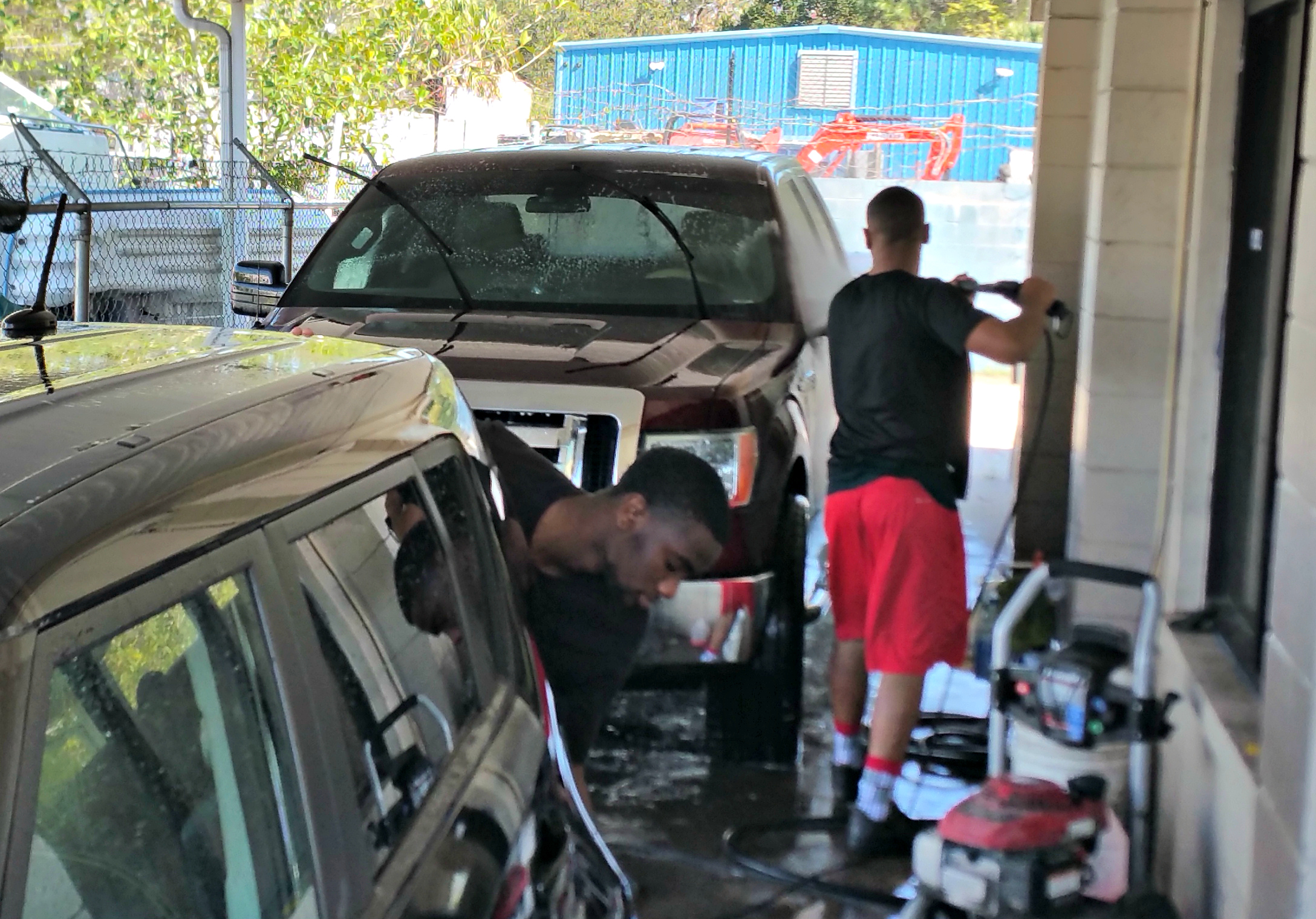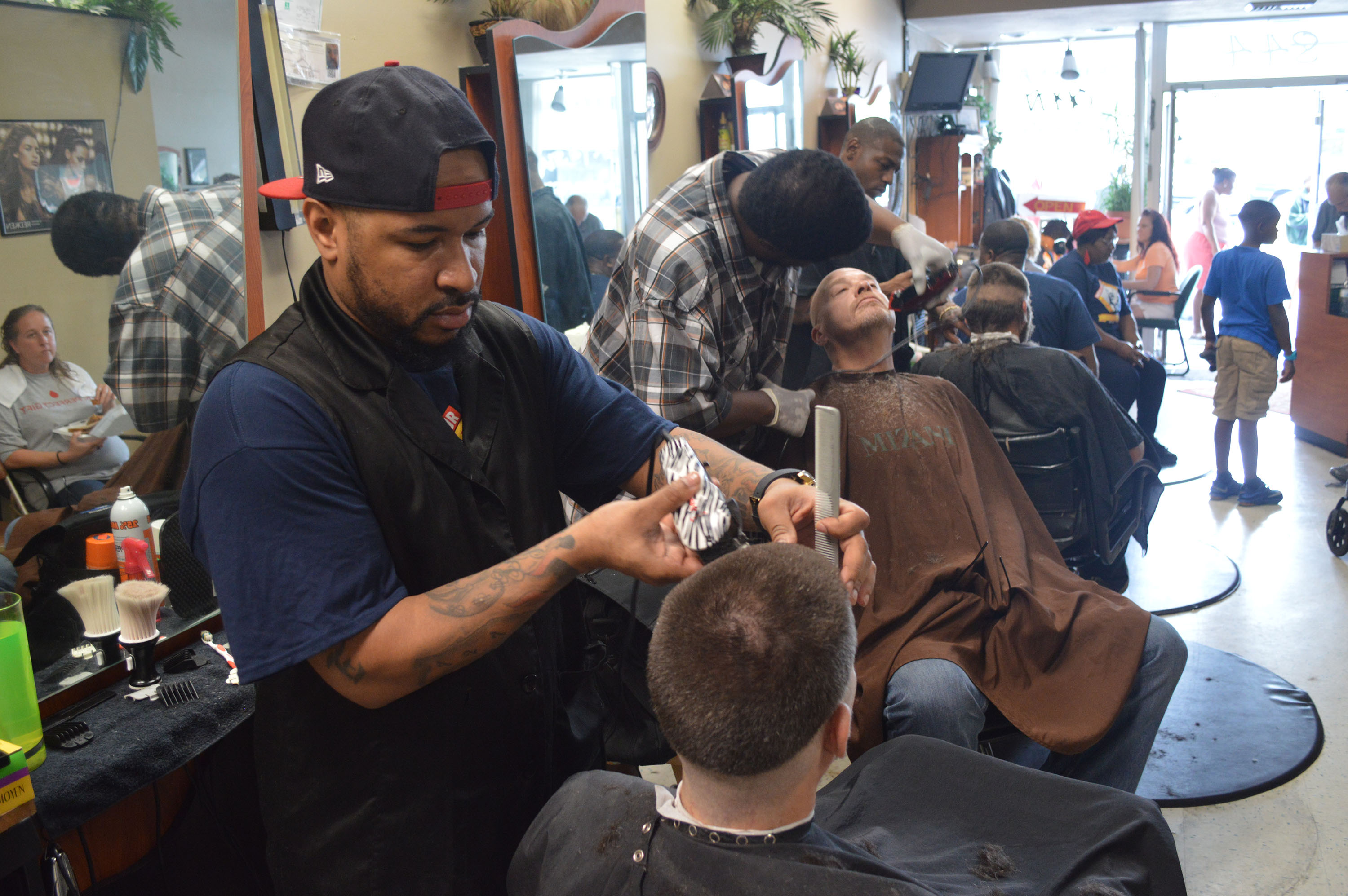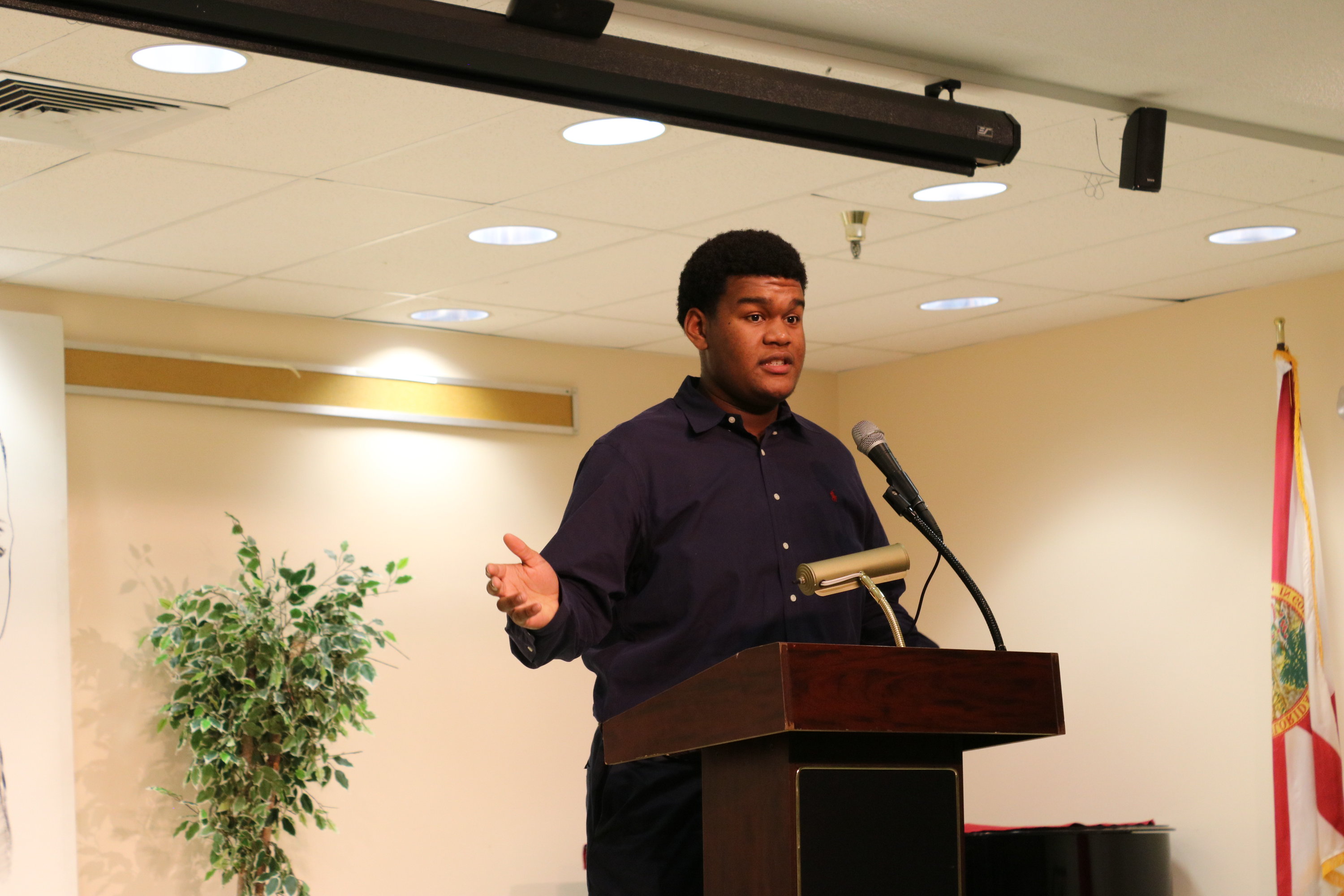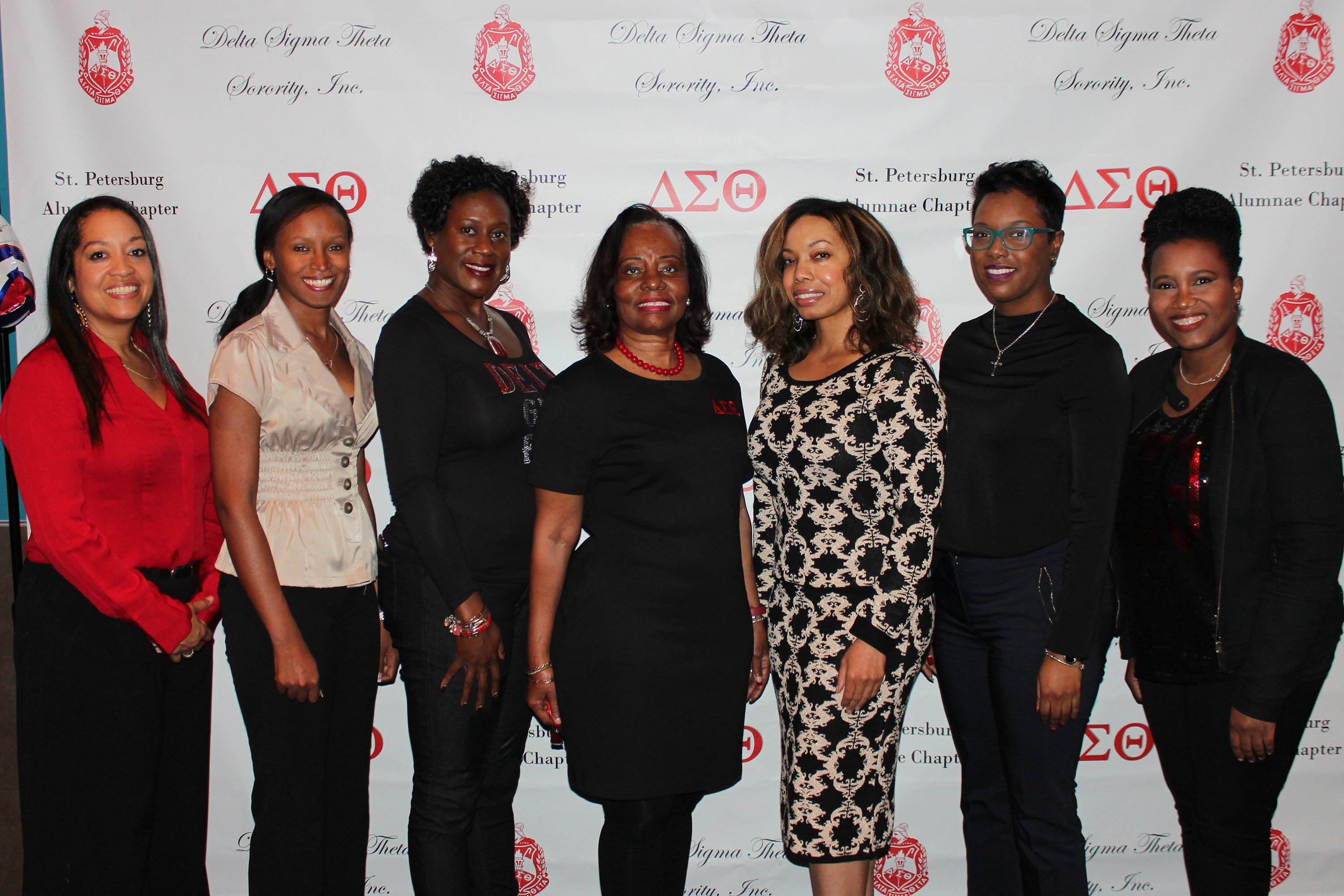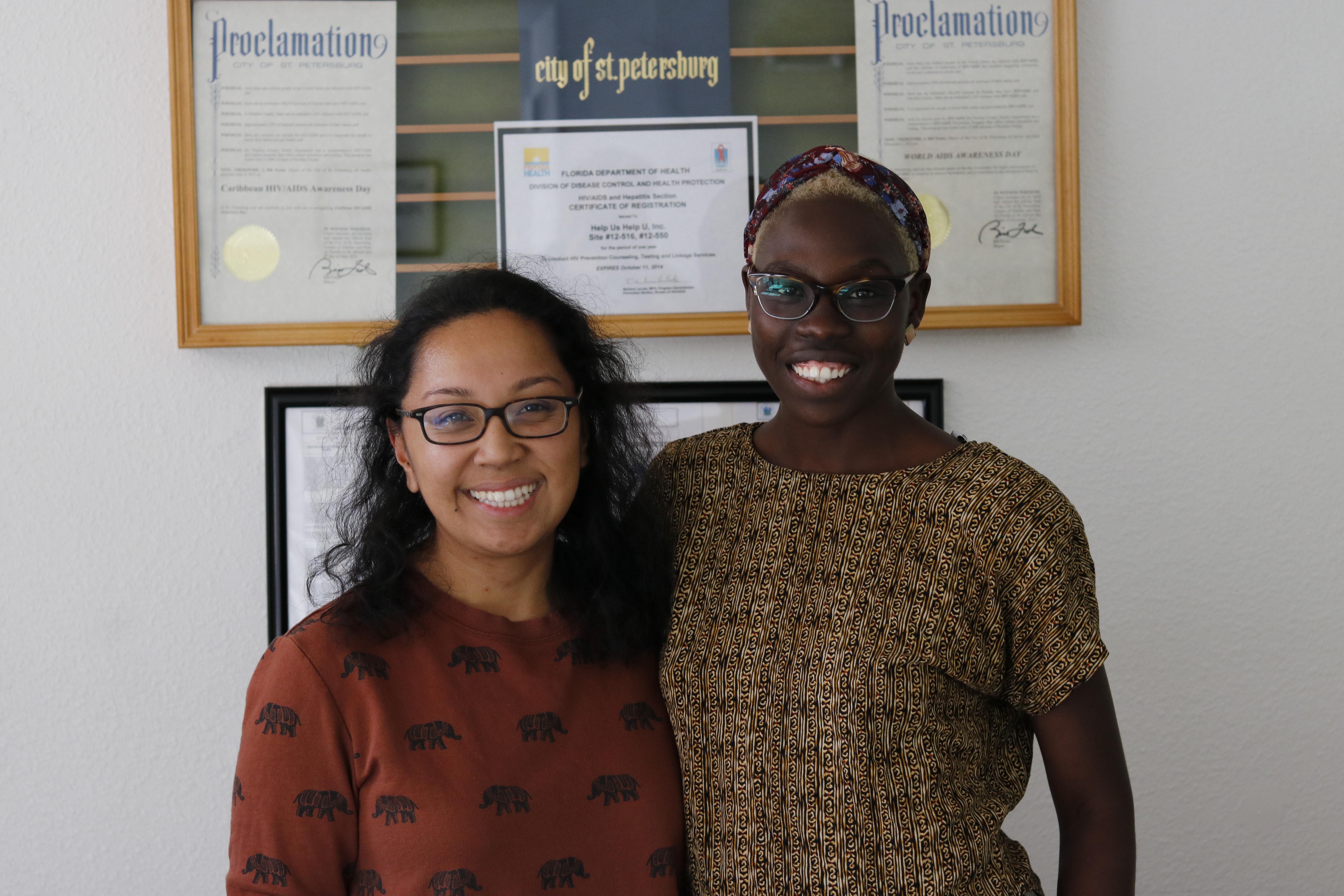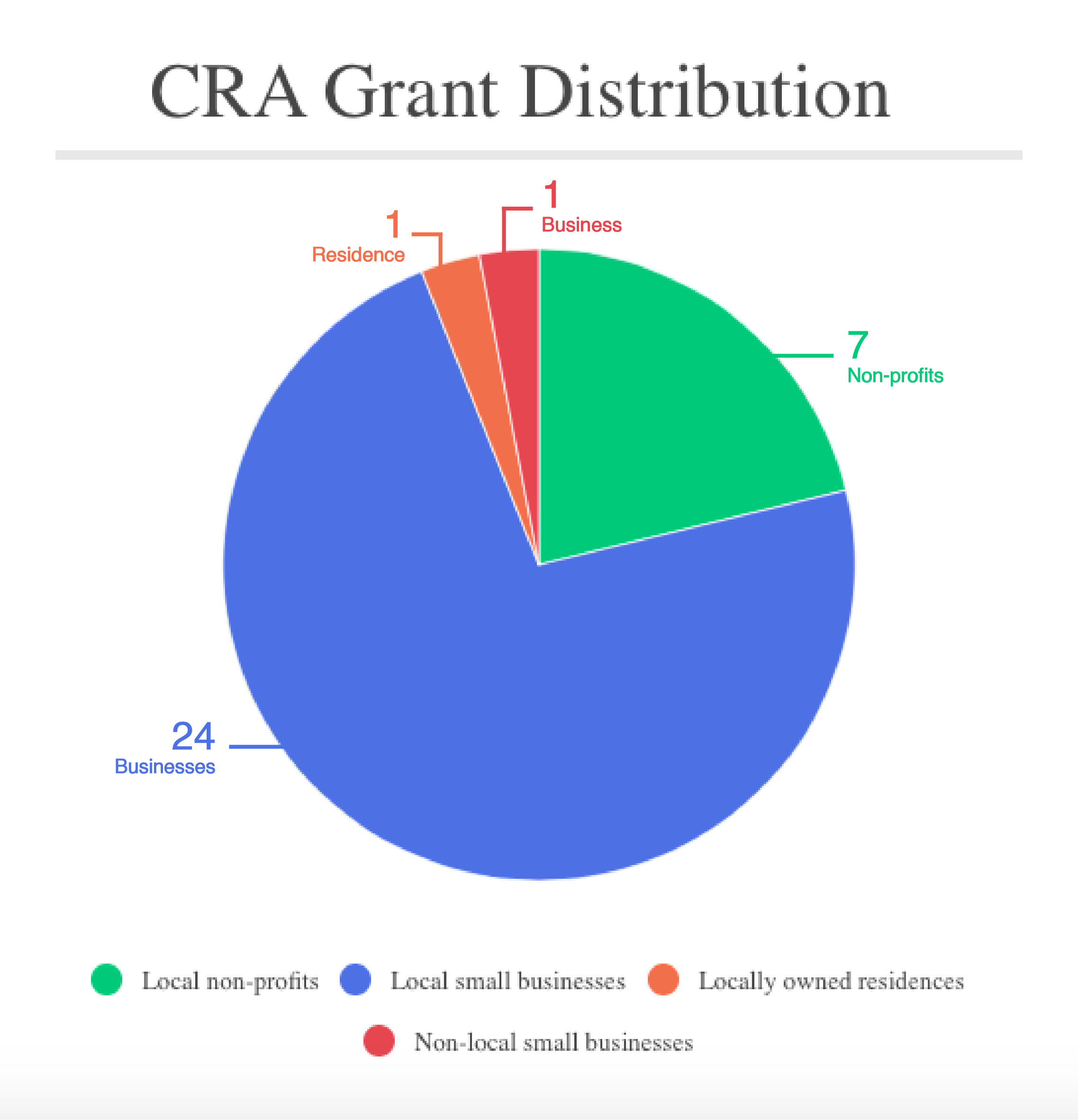By: Alyssa Fedorovich At the St. Pete Culinary Center, Chef Patrick “PT” Collins was the guest chef at their BBQ cooking class. Chef Collins is an
Read MoreCategory: Uncategorized
New film ‘Art in the City’ calls St. Pete its home
BY ERIN MURPHY, Neighborhood News Bureau ST. PETERSBURG – With museums, music, murals and more, the city of St. Petersburg’s thriving arts scene offers tourists and
Read MoreMaster’s Student Engages with the Community
Story by Nikki Sawyer. Edited by Tamiracle Williams. Andrea Perez is a master’s student studying Journalism and Media Studies at the University of South Florida
Read MoreStudent Combines A Passion With Citizen Responsibility
Story by Andrea Perez. Edited by Alyssa Fedorovich. If you’re sitting across from 22-year-old Nicole Sawyer, in a classroom, or a café in downtown St.
Read MoreYoung men at Gibbs High School Raise Funds for College Tour
BY ABIGAIL PAYNE, NEIGHBORHOOD NEWS BUREAU The 5000 Role Models of Gibbs High School are providing a biweekly car wash to raise funds for their
Read More“Hair by Ahsile” offers free pampering to members of the homeless community on MLK Day
BY TYLER GILLESPIE, Neighborhood News Bureau A bleached-blonde woman sat down in barber Dale Jones’s chair for a free fade on Martin Luther King Jr.
Read MoreMLK Essay Contest celebrated community and inclusion
BY EVELYN GUERRA, Neighborhood News Bureau Tyna Middleton, the Enoch Davis Center Senior Advisory Council Secretary, and Virginia Scott shared a hug before Scott gave
Read MoreHistoric Women’s Organization Hosts “Hidden Figures” Screening for Local Girls
BY GRACE CUNNINGHAM, Neighborhood News Bureau The St. Petersburg Alumnae Chapter of the Delta Sigma Theta Sorority hosted a screening of the film “Hidden Figures”
Read MoreHaving the ‘Talk’: Help Us Help U provides sex education to young adults in poor communities
Listen to the audio file here: http:// By Devin Rodriguez Pinellas County is ranked number one in Acute Hepatitis C in Florida. It’s ranked number
Read MoreCommunity Grant Program to Up Its Funding In 2017
The city of St. Petersburg approved the CRA, a community redevelopment financing grant. Find out more about what this means for the Midtown community in
Read More